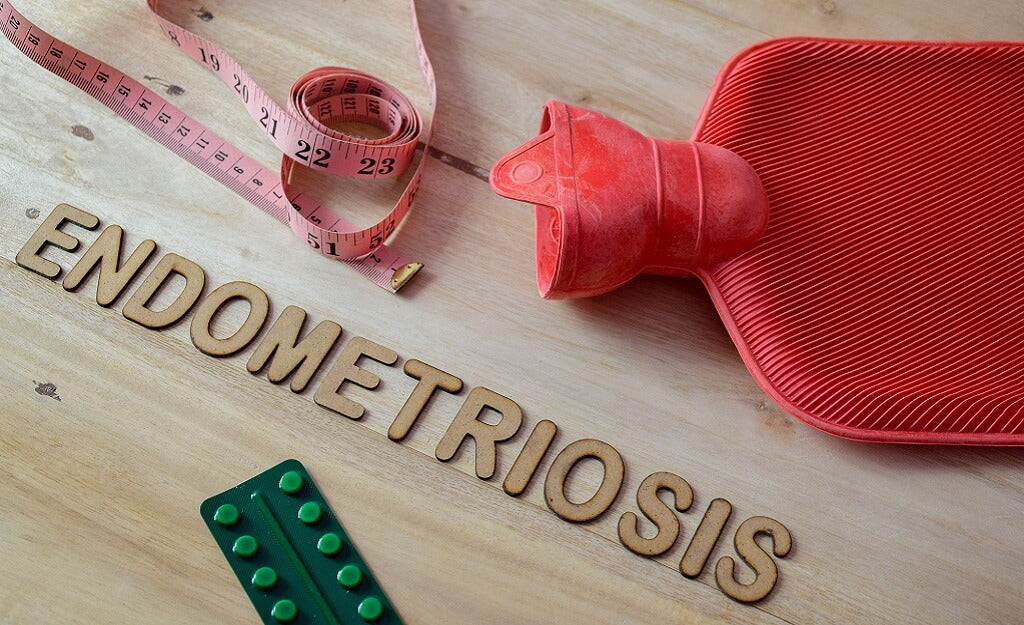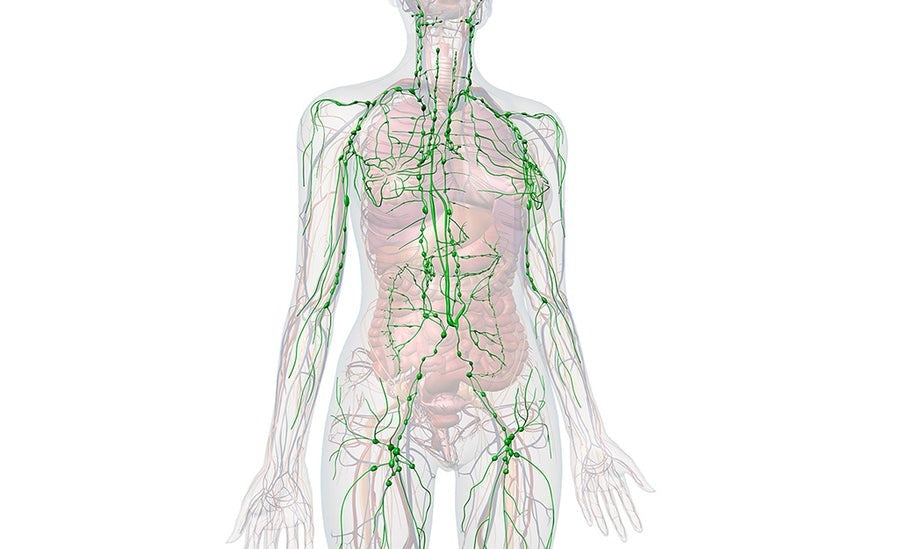Laparoscopic Surgery for Endometriosis
What is a Laparoscopy?
A laparoscopy is a surgical procedure performed by your surgeon to diagnose and/or perform surgery within your pelvic cavity. A fibre-optic instrument is inserted through the abdominal wall to view the organs in the abdomen. Laparoscopy is often used to identify and diagnose the source of pelvic and/or abdominal pain.
You’ll be given a general anaesthetic for this type of surgery. This means that you’ll sleep through the procedure and won’t feel any pain. To achieve a general anaesthetic, an intravenous (IV) line is inserted into one of your veins. Through the IV, your anaesthetist can give you specific medications as well as provide hydration with fluids. Your breathing will also be supported with a machine which ensures you are well oxygenated and that your vital signs are monitored.
Once your abdomen is inflated by the gas, the surgeon inserts the laparoscope (the camera) through the incision. The camera attached to the laparoscope displays the images on a TV monitor, allowing your surgeon to see inside your pelvic cavity.

The number of incisions depends upon what is required at the time of surgery. You may get one to four incisions that are each between one to two centimeters in length. These ‘ports’ are used to place the long surgical instruments into the cavity. The instruments, on the other hand, are used to cut or excise (scissors), ablate (burn), or perform other functions required of your surgeon during the operation.
After the procedure is done, the instruments are removed. Your incisions are then closed with stitches or surgical glue. Dressings may be placed over the incisions or they may also be left visible.
Why have a laparoscopy for endometriosis?
A laparoscopy is performed when other tests do not provide enough information or insight for an endometriosis diagnosis. This can sometimes be called “exploratory” surgery or a “diagnostic” laparoscopy, meaning the surgeon will look inside the pelvic cavity to try to see (visualize) the reason for your pain or symptoms (without performing anything else). The procedure may also be used to take a biopsy (a sample of tissue) to confirm endometriosis.
Ideally, the goal of surgical management should be complete removal (excision) or treatment of any disease and should include measures for adhesion prevention. Laparoscopic excision is the surgical foundation of any high-quality approach to appropriately treating endometriosis. Excision allows for the disease to be precisely removed – cut out – from all areas, without damaging surrounding structures or removing otherwise healthy organs or tissues.

Some surgeons will choose to do “exploratory” surgery only and even if they find disease, may decide not to perform excision. (Most however should take samples of any questionable tissue for pathology to confirm a diagnosis.) There are several reasons for this. They may include:
- Simply the lack of knowledge about the effective treatment of endometriosis.
- Inexperience. Excision requires superior laparoscopic skill that many surgeons simply do not have. Dedicating a career to the techniques required to perform complete excision places a considerable financial burden on the surgeon. Many have already specialized in obstetrics as well as gynecology and the skill and experience required to be an Endometriosis specialist is a specialty choice in itself.
- The disease has progressed to a stage whereby more experienced surgeons are required to perform the surgery, which may also include other specialists to perform the procedure (pre-planned). For example, a general surgeon may be required if bowel is involved or a urologist, if bladder or ureter(s) are involved.
Commonly, the choice of technique used by a surgeon to treat endometriosis reflects his or her understanding about the disease, as well as their surgical skill. A surgeon who uses wide excisional techniques appreciates that complete removal of the disease is both necessary and achievable and that results are enhanced with this approach. This, however, takes many years of study and dedication by a surgeon to become technically specialized.
Laparoscopic excision remains’ the gold standard of treatment for endometriosis, although it’s success depends on the surgeon’s ability to excise all disease from all affected areas.
There are varied reasons for recurrence of endometriosis and these depend on the surgical completeness of removing the disease (which in turn depends on the skill and experience of the surgeon.) Specialist endometriosis surgeons who have developed the ability to excise the disease have found that many, if not most of their patients do well after a single surgery without the need for repeated surgeries. Provided excision is wide and complete enough, in most cases the disease and its symptoms do not recur following complete excision surgery.

Conclusion
Compared with medical or pharmaceutical therapies, laparoscopic surgery shows improved patient satisfaction outcomes in general health, quality of life and emotional wellbeing.
An integrative approach to endometriosis treatment offers the most comprehensive means of addressing all aspects of this disease in everyone. Whilst a holistic approach on its own should not be used to “diagnose” endometriosis and has never been demonstrated as effective in preventing disease, we at Happy Healthy You believe that an integrative approach is essential in order to achieve optimal health and a good quality of life.
REFERENCES
Chapron C, Marcellin L, Borghese B and Santulli P. (2019). Rethinking mechanisms, diagnosis and management of endometriosis. Nature Reviews Endocrinology, [online] 15(11), pp.666–682.
Deguara CS, Pepas L and Davis C. (2012). Does minimally invasive surgery for endometriosis improve pelvic symptoms and quality of life? Current Opinion in Obstetrics and Gynecology, [online] 24(4), pp.241–244.
https://www.facebook.com/WebMD. (2017). What Is Laparoscopic Surgery? WebMD.[online].
Yeung P. (2014). The laparoscopic management of endometriosis in patients with pelvic pain. Obstetrics and Gynecology Clinics of North America, [online] 41(3), pp.371–383.
Hopton L. (2015). Why is Surgical Excision Only Practiced by Select Surgeons? Vital Health Endometriosis Centre, [online].






















